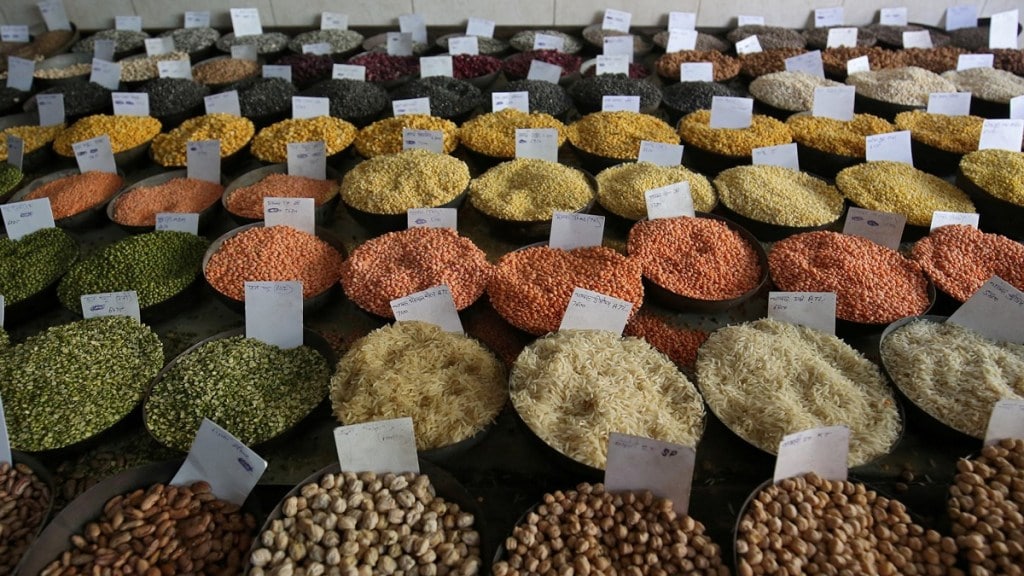India is likely to emerge as the world’s largest producer of masoor (lentil) in the 2023-24 crop year (July-June) with the projected output of around 1.6 million tonne (MT), consumer affairs secretary Rohit Kumar Singh on Friday said.
If the projection comes true, the country’s lentil output would be highest since the 2027-18 crop year when it produced 1.62 MT of pulse variety. In the 2022-23 crop year, lentil output was 1.55 MT.
Higher output is likely to reduce the country’s import dependence on pulses as domestic consumption of lentils is estimated around 2.6 MT. “Our lentil production this year we believe would be the highest in the world,” Singh told FE after a programme organised about the hosting of Global Pulse Conference in the country next month.
He said that a sharp increase of 26% in the Minimum Support Price (MSP) of masoor from Rs 5,100/quintal in 2020-21 to Rs 6,425/quintal in 2024-25 (marketing year), is one of the key reasons for the renewed interest of farmers towards growing lentil.
Current market prices of lentil at present is somewhere around Rs 6,100-6,125/quintal, which is below the MSP. Trade sources said that the crop condition looks encouraging and weather during next one month would be crucial for the crop yield. According to agriculture ministry data, lentils have been sown in a record 19.09 million hectare in the current rabi season, about 5% higher on year.
Trade sources said lentil production in Canada was initially projected at around 1.67 MT , which is more than India’s estimated output, but later they have scaled down sharply. Lentil output in Australia, another key global supplier, is projected at around 1.4 MT in 2023-24.
Singh also said that while the country is aiming to stop imports of pulses in the next four years, ‘but it cants be ignored that the country need to import for a while’.
“In chana (gram), we produce more than consumption but in the case of urad, tur, and moong, we produce less but consume more, and we also need to keep an eye on the global production trends to fill the gaps,” Singh said.
In 2023, India has imported 2.28 MT of pulses – 1.08 MT (lentil), 0.77 MT (tur or pigeon pea) and 0.42 MT (urad or black gram) mostly from Australia, Canada, Myanmar, Mozambique, Tanzania, Sudan and Malawi
India imports about 15% of its domestic consumption of pulses while total pulses output in 2022-23 crop year was estimated at 26 MT and the government is targeting to increase pulses production to 29 MT in 2023-24 crop year.


